反式-查耳酮, 98%,trans-Chalcone
产品编号:西域试剂-WR187613| CAS NO:614-47-1| MDL NO:MFCD00003082| 分子式:C15H12O| 分子量:208.26
trans-Chalcone 是从Aronia melanocarpa 果皮中分离出来的,是类黄酮前体的双酚核心结构。trans-Chalcone 是有效的脂肪酸合酶 (FAS) 和 α-淀粉酶 (b>α-amylase) 抑制剂。trans-Chalcone 引起细胞周期停滞并诱导乳腺癌细胞系 MCF-7 凋亡。trans-Chalcone 具有抗真菌和抗癌活性。
本网站销售的所有产品仅用于工业应用或者科学研究等非医疗目的,不可用于人类或动物的临床诊断或者治疗,非药用,非食用,
| 产品名称 | 反式-查耳酮, 98% | ||||||||||||||||
|---|---|---|---|---|---|---|---|---|---|---|---|---|---|---|---|---|---|
| 英文名称 | trans-Chalcone | ||||||||||||||||
| CAS编号 | 614-47-1 | ||||||||||||||||
| 产品描述 | trans-Chalcone 是从Aronia melanocarpa 果皮中分离出来的,是类黄酮前体的双酚核心结构。trans-Chalcone 是有效的脂肪酸合酶 (FAS) 和 α-淀粉酶 (b>α-amylase) 抑制剂。trans-Chalcone 引起细胞周期停滞并诱导乳腺癌细胞系 MCF-7 凋亡。trans-Chalcone 具有抗真菌和抗癌活性。 | ||||||||||||||||
| 产品熔点 | 55-57ºC | ||||||||||||||||
| 产品沸点 | 346.6±25.0 °C at 760 mmHg | ||||||||||||||||
| 产品密度 | 1.1±0.1 g/cm3 | ||||||||||||||||
| 产品闪点 | 150.1±18.1 °C | ||||||||||||||||
| 精确质量 | 208.088821 | ||||||||||||||||
| PSA | 17.07000 | ||||||||||||||||
| LogP | 4.01 | ||||||||||||||||
| 蒸气压 | 0.0±0.8 mmHg at 25°C | ||||||||||||||||
| 折射率 | 1.625 | ||||||||||||||||
| 溶解性数据 | In Vitro:
DMSO : 100 mg/mL (480.17 mM; Need ultrasonic) 配制储备液
*
请根据产品在不同溶剂中的溶解度选择合适的溶剂配制储备液;一旦配成溶液,请分装保存,避免反复冻融造成的产品失效。 In Vivo:
请根据您的实验动物和给药方式选择适当的溶解方案。以下溶解方案都请先按照 In Vitro 方式配制澄清的储备液,再依次添加助溶剂:
——为保证实验结果的可靠性,澄清的储备液可以根据储存条件,适当保存;体内实验的工作液,建议您现用现配,当天使用;
以下溶剂前显示的百
| ||||||||||||||||
| 体外研究 | 反式查尔酮竞争性抑制猪胰腺癌α-Ki为48的淀粉酶μM。反式查尔酮(30.23-98.03μ米;24小时)诱导MCF-7细胞周期阻滞和凋亡。反式查尔酮(30.23-98.03μ米;24小时)降低凋亡相关蛋白Bcl-2的表达并诱导CIDEA基因的表达。反式查尔酮(58.25μ米;6,24小时)对Bcl-2有较强的抑制作用,对APAF1和BAX有较强的诱导作用,对CIDEA有较强的诱导作用。反式查尔酮(24小时)抑制MCF-7细胞活力(IC20=30.23)μ米;IC50=58.25μ米;IC80=98.03μM) 是的。反式查尔酮(48h)的IC50s为41.53μM和48.41μM分别用于MCF-7和3T3细胞系。反式查尔酮具有明显的细胞毒性活性。凋亡分析细胞系:MCF-7细胞浓度:30.23、58.25、98.03μ结果:诱导乳腺癌细胞株凋亡。细胞周期分析细胞系:MCF-7细胞浓度:30.23、58.25、98.03μM孵育时间:24小时结果:导致细胞周期阻滞于G1期。westernblot分析细胞系:MCF-7细胞浓度:20,40,80μ结果:降低凋亡相关蛋白Bcl-2的表达,诱导CIDEA基因的表达。细胞周期蛋白D1在48h出现明显降解。RT-PCR细胞系:MCF-7细胞浓度:58.25μ结果:24小时内对Bcl-2有较强的抑制作用,对APAF1和BAX有较强的诱导作用,对CIDEA有较强的诱导作用。 | ||||||||||||||||
| 稳定性 | 常温常压下,或不分解产物。 | ||||||||||||||||
| 储存条件 | 本品应密封于阴凉干燥处保存 将密器密封,储存密封的主藏器内,并放在阴凉, 干爽的位置。 |
相关文档
化学品安全说明书(MSDS)
下载MSDS质检证书(COA)
相关产品
| 符号 |

GHS07 |
|---|---|
| 信号词 | Warning |
| 危害声明 | H302-H319-H335 |
| 警示性声明 | P261-P305 + P351 + P338 |
| 个人防护装备 | dust mask type N95 (US);Eyeshields;Gloves |
| 危害码 (欧洲) | Xn:Harmful; |
| 风险声明 (欧洲) | R22;R36/37 |
| 安全声明 (欧洲) | S22-S36/37/39-S45 |
| 危险品运输编码 | NONH for all modes of transport |
| WGK德国 | 3 |
| RTECS号 | UD5576750 |
|
Section1. IDENTIFICATION OF THE SUBSTANCE/MIXTURE Product identifiers Product name: trans-Chalcone CAS-No.: 614-47-1 Section2. HAZARDS IDENTIFICATION
Classification of the substance or mixture
Classification according to Regulation (EC) No 1272/2008 [EU-GHS/CLP] Acute toxicity, Oral (Category 4) Eye irritation (Category 2) Specific target organ toxicity - single exposure (Category 3) Classification according to EU Directives 67/548/EEC or 1999/45/EC Irritating to eyes and respiratory system. Harmful if swallowed. Label elements Labelling according Regulation (EC) No 1272/2008 [CLP] Pictogram Signal wordWarning Hazard statement(s) Harmful if swallowed. Causes serious eye irritation. May cause respiratory irritation. Precautionary statement(s) Avoid breathing dust/ fume/ gas/ mist/ vapours/ spray. P305 + P351 + P338IF IN EYES: Rinse cautiously with water for several minutes. Remove contact lenses, if present and easy to do. Continue rinsing. Supplemental Hazardnone Statements According to European Directive 67/548/EEC as amended. Hazard symbol(s) R-phrase(s) R36/37Irritating to eyes and respiratory system. R22Harmful if swallowed. S-phrase(s) S22Do not breathe dust. S36/37/39Wear suitable protective clothing, gloves and eye/face protection. S45In case of accident or if you feel unwell, seek medical advice immediately (show the label where possible). Other hazards - none Section3. COMPOSITION/INFORMATION ON INGREDIENTS Substances Synonyms: Benzylideneacetophenone Formula: C15H12O Molecular Weight: 208,26 g/mol ComponentConcentration (E)-Chalcone CAS-No.614-47-1- EC-No.210-383-8 Section4. FIRST AID MEASURES Description of first aid measures General advice Consult a physician. Show this safety data sheet to the doctor in attendance. If inhaled If breathed in, move person into fresh air. If not breathing, give artificial respiration. Consult a physician. In case of skin contact Wash off with soap and plenty of water. Consult a physician. In case of eye contact Rinse thoroughly with plenty of water for at least 15 minutes and consult a physician. If swallowed Never give anything by mouth to an unconscious person. Rinse mouth with water. Consult a physician. Most important symptoms and effects, both acute and delayed To the best of our knowledge, the chemical, physical, and toxicological properties have not been thoroughly investigated. Indication of any immediate medical attention and special treatment needed no data available Section5. FIREFIGHTING MEASURES Extinguishing media Suitable extinguishing media Use water spray, alcohol-resistant foam, dry chemical or carbon dioxide. Special hazards arising from the substance or mixture Carbon oxides Advice for firefighters Wear self contained breathing apparatus for fire fighting if necessary. Further information no data available Section6. ACCIDENTAL RELEASE MEASURES Personal precautions, protective equipment and emergency procedures Use personal protective equipment. Avoid dust formation. Avoid breathing vapors, mist or gas. Ensure adequate ventilation. Evacuate personnel to safe areas. Avoid breathing dust. Environmental precautions Do not let product enter drains. Methods and materials for containment and cleaning up Pick up and arrange disposal without creating dust. Sweep up and shovel. Keep in suitable, closed containers for disposal. Reference to other sections For disposal see section 13. Section7. HANDLING AND STORAGE Precautions for safe handling Avoid contact with skin and eyes. Avoid formation of dust and aerosols. Provide appropriate exhaust ventilation at places where dust is formed.Normal measures for preventive fire protection. Conditions for safe storage, including any incompatibilities Store in cool place. Keep container tightly closed in a dry and well-ventilated place. Specific end uses no data available Section8. EXPOSURE CONTROLS/PERSONAL PROTECTION Control parameters Components with workplace control parameters Exposure controls Appropriate engineering controls Handle in accordance with good industrial hygiene and safety practice. Wash hands before breaks and at the end of workday. Personal protective equipment Eye/face protection Safety glasses with side-shields conforming to EN166 Use equipment for eye protection tested and approved under appropriate government standards such as NIOSH (US) or EN 166(EU). Skin protection Handle with gloves. Gloves must be inspected prior to use. Use proper glove removal technique (without touching glove's outer surface) to avoid skin contact with this product. Dispose of contaminated gloves after use in accordance with applicable laws and good laboratory practices. Wash and dry hands. The selected protective gloves have to satisfy the specifications of EU Directive 89/686/EEC and the standard EN 374 derived from it. Body Protection Complete suit protecting against chemicals, The type of protective equipment must be selected according to the concentration and amount of the dangerous substance at the specific workplace. Respiratory protection For nuisance exposures use type P95 (US) or type P1 (EU EN 143) particle respirator.For higher level protection use type OV/AG/P99 (US) or type ABEK-P2 (EU EN 143) respirator cartridges. Use respirators and components tested and approved under appropriate government standards such as NIOSH (US) or CEN (EU). Section9. PHYSICAL AND CHEMICAL PROPERTIES Information on basic physical and chemical properties a) AppearanceForm: solid b) Odourno data available c) Odour Thresholdno data available d) pHno data available e) Melting point/freezingMelting point/range: 55 - 57 °C - lit. point f) Initial boiling point and 208 °C at 33 hPa - lit. boiling range g) Flash pointno data available h) Evaporation rateno data available i) Flammability (solid, gas) no data available j) Upper/lowerno data available flammability or explosive limits k) Vapour pressureno data available l) Vapour densityno data available m) Relative densityno data available n) Water solubilityno data available o) Partition coefficient: n- no data available octanol/water p) Autoignitionno data available temperature q) Decompositionno data available temperature r) Viscosityno data available s) Explosive propertiesno data available t) Oxidizing propertiesno data available Other safety information no data available Section10. STABILITY AND REACTIVITY Reactivity no data available Chemical stability no data available Possibility of hazardous reactions no data available Conditions to avoid no data available Incompatible materials Strong oxidizing agents Hazardous decomposition products Other decomposition products - no data available Section11. TOXICOLOGICAL INFORMATION Information on toxicological effects Acute toxicity LD50 Oral - mouse - 1.048 mg/kg Skin corrosion/irritation no data available Serious eye damage/eye irritation no data available Respiratory or skin sensitization no data available Germ cell mutagenicity no data available Carcinogenicity IARC:No component of this product present at levels greater than or equal to 0.1% is identified as probable, possible or confirmed human carcinogen by IARC. Reproductive toxicity no data available Specific target organ toxicity - single exposure Inhalation - May cause respiratory irritation. Specific target organ toxicity - repeated exposure no data available Aspiration hazard no data available Potential health effects InhalationMay be harmful if inhaled. Causes respiratory tract irritation. IngestionHarmful if swallowed. SkinMay be harmful if absorbed through skin. May cause skin irritation. EyesCauses serious eye irritation. Signs and Symptoms of Exposure To the best of our knowledge, the chemical, physical, and toxicological properties have not been thoroughly investigated. Additional Information RTECS: Not available Section12. ECOLOGICAL INFORMATION Toxicity no data available Persistence and degradability no data available Bioaccumulative potential no data available Mobility in soil no data available Results of PBT and vPvB assessment no data available Other adverse effects no data available Section13. DISPOSAL CONSIDERATIONS Waste treatment methods Product Offer surplus and non-recyclable solutions to a licensed disposal company. Contact a licensed professional waste disposal service to dispose of this material. Dissolve or mix the material with a combustible solvent and burn in a chemical incinerator equipped with an afterburner and scrubber. Contaminated packaging Dispose of as unused product. Section14. TRANSPORT INFORMATION UN number ADR/RID: -IMDG: -IATA: - UN proper shipping name ADR/RID: Not dangerous goods IMDG: Not dangerous goods IATA:Not dangerous goods Transport hazard class(es) ADR/RID: -IMDG: -IATA: - Packaging group ADR/RID: -IMDG: -IATA: - Environmental hazards ADR/RID: noIMDG Marine pollutant: noIATA: no Special precautions for user no data available Section15. REGULATORY INFORMATION This safety datasheet complies with the requirements of Regulation (EC) No. 1907/2006. Safety, health and environmental regulations/legislation specific for the substance or mixture no data available Chemical Safety Assessment SECTION 16 - ADDITIONAL INFORMATION N/A |
| 上游产品 9 | |
|---|---|
| 下游产品 10 | |


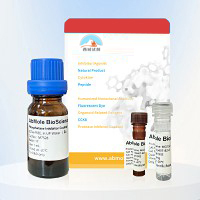
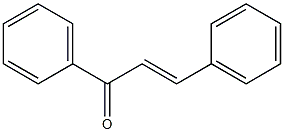
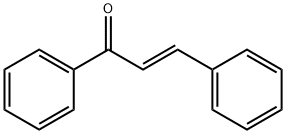

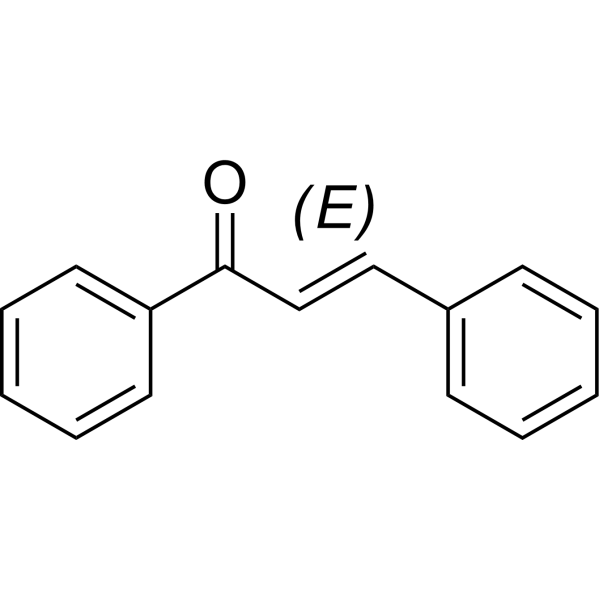
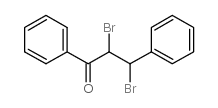
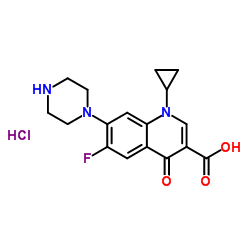

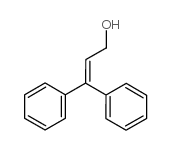
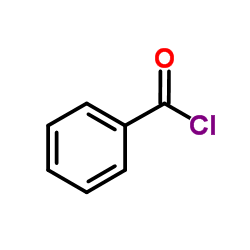

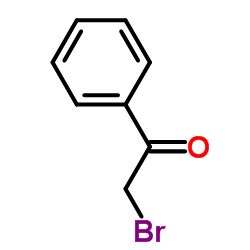
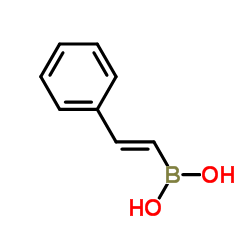
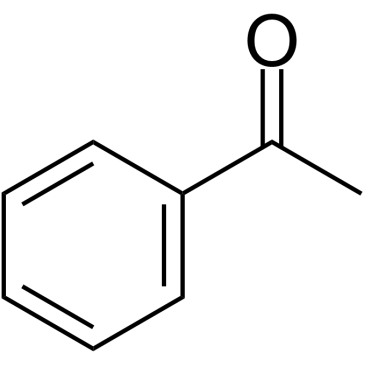
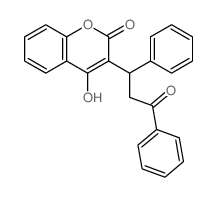
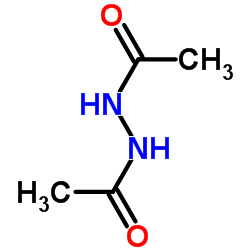
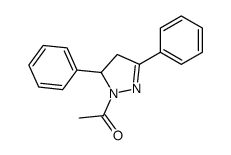
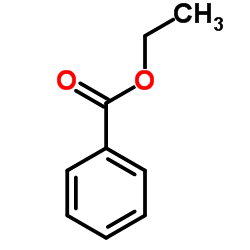
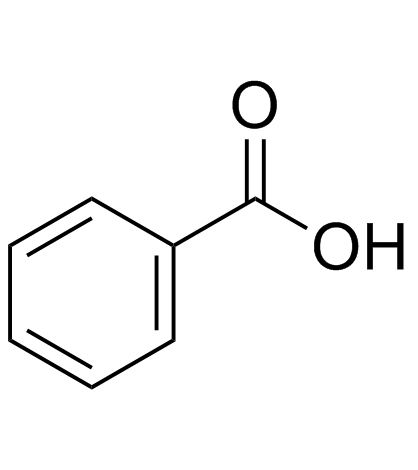
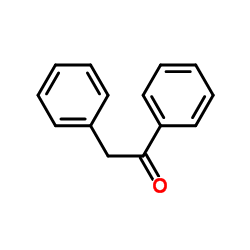
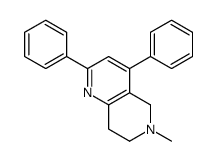
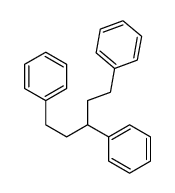
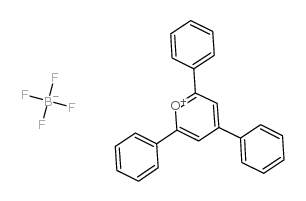





 浙公网安备 33010802013016号
浙公网安备 33010802013016号